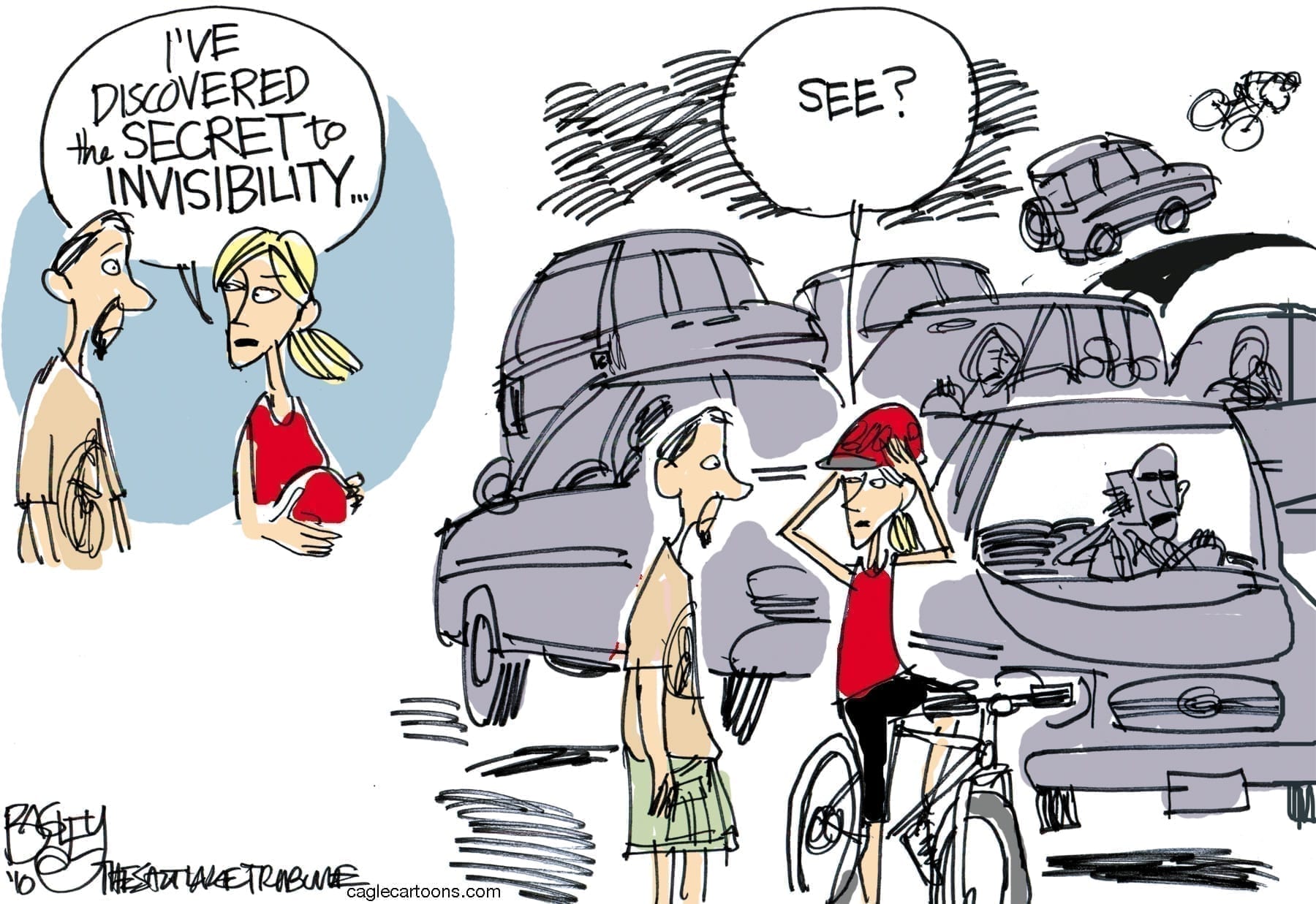
Kids, Pedal Those Pandemic Blues Away
Here’s one good thing about the COVID-19 pandemic: Bike sales are booming. I hope that means kids will begin riding in big numbers again.
There was a big bike-sales boom in the early 1970s, too – the result of millions of baby boom kids, like me, riding our bikes from dawn until dusk.
From its inception in the 1800s, the bicycle had been produced mostly for adults. In the 1900s, bikes offered urban working-class folks an inexpensive way to get to and from work. Sales were brisk into the early 1900s.
But as America prospered – as the automobile became the chief mode of travel – bike sales plummeted. Sales wouldn’t grow again until millions of baby boomer kids were living in wide-open suburbs.
Schwinn was the first bike maker to tap that youth market.
In the 1950s, the standard bike design was the cruiser, a gargantuan, fender-covered machine built for adults. There was only one gear (slow) and you braked by reversing the pedals and pressing down hard.
In the early 1960s, however, Schwinn designer Al Fritz had an idea, reports Bike Magazine. He’d heard about a new youth trend centered in California: retrofitting bicycles with drag-racing motorcycle accoutrements. “Choppers” – custom motorcycles with long handlebars – were all the rage. Fritz introduced chopper elements into his new design.
The Schwinn Sting-Ray was born.
It had smaller, 20-inch tires – with flat racing treads – and high handlebars and a banana seat. Every kid had to have one. And every manufacturer began making bikes just like it – a style we referred to as the “spyder” bike.
I got my first spyder bike for Christmas 1970, when I was 8: a red Murray one-speed with chrome fenders and a black banana seat. I rode it so often and so hard, it was worn out by my 12th birthday.
As Christmas 1972 approached, I dreamed of every kid’s early-‘70s dream bike: the Schwinn Orange Krate, the greatest five-speed bike in the history of childhood.
Such a bike sold for $95 when it was introduced in 1968, but there was no way my single-income family could afford one. It cost the equivalent of nearly $700 today!
Still, I was plenty blessed that Christmas morning. I got a neon-green Huffy spyder bike, a color that made it one of the cooler bikes in my neighborhood. I loved it – but it got stolen when my sister, Kris, left it unlocked outside a department store.
My dad found me a used Murray five-speed that was even better. I polished it every day, and rode the wheels off of it exploring and discovering the outside world.
Childhood has changed since then. With adults so often structuring and monitoring activities, kids who ride today likely ride with adults. And just last year, The Washington Post reported on industry research showing significant declines in children’s bike riding and bike sales.
But now, pent-up energy from pandemic lockdowns is causing bike sales to explode. Let’s hope that means more of today’s children will put down their electronics, pedal long and hard with warm summer air whipping through their hair, and experience what bikes have long represented for kids, according to the American Academy of Pediatrics: “a source of pride and a symbol of independence and freedom.”
–
Copyright 2020 Tom Purcell. Tom Purcell, the author of “Misadventures of a 1970’s Childhood,” a humorous memoir available at amazon.com, is a Pittsburgh Tribune-Review humor columnist and is nationally syndicated exclusively by Cagle Cartoons Inc. For info on using this column in your publication or website, contact Sales@cagle.com or call (805) 969-2829. Send comments to Tom at Tom@TomPurcell.com.
Viewpoints and perspectives expressed throughout The Independent are those of the individual contributors. They do not necessarily reflect those held by the staff of The Independent or our advertising sponsors. Your comments, rebuttals, and contributions are welcome in accordance with our Terms of Service. Please be respectful and abide by our Community Rules. If you have privacy concerns you can view our Privacy Policy here. Thank you!
Click here to submit an article, guest opinion piece, or a Letter to the Editor




